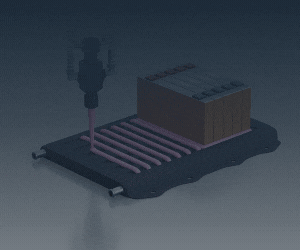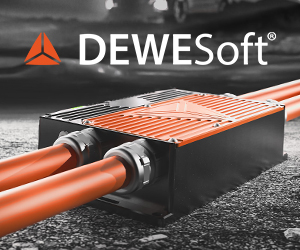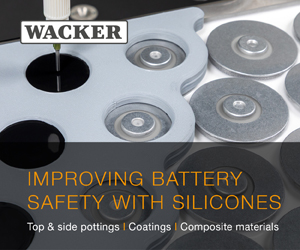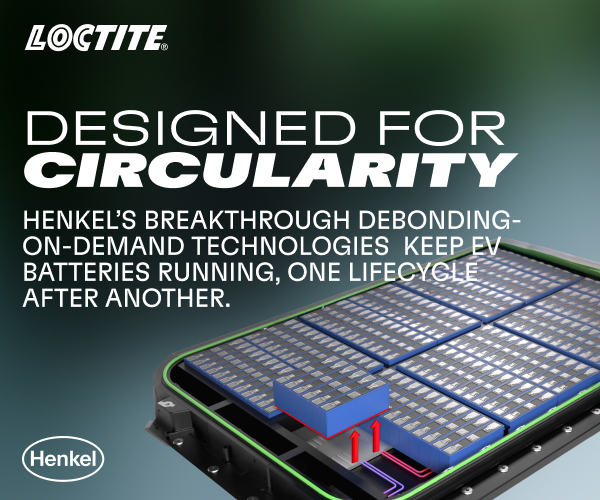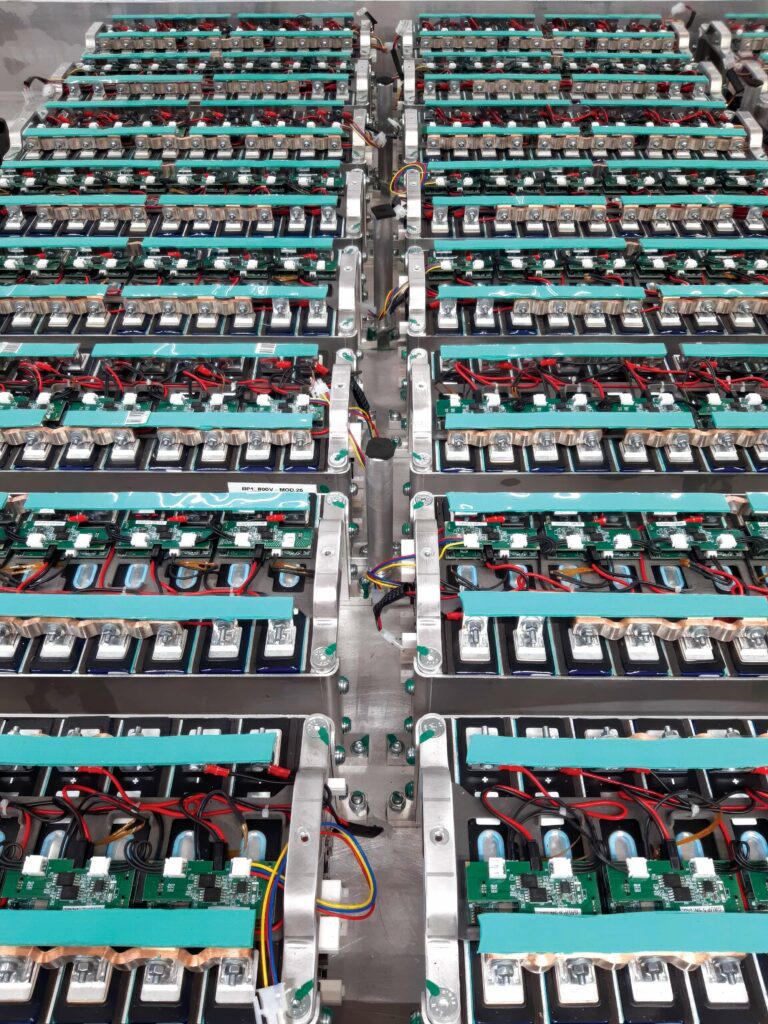Battery pack designed for second life
A European project has developed a battery prototype designed for ease of assembly and disassembly of battery components, writes Nick Flaherty.
The battery pack developed as part of the MARBEL project with car maker Stellantis uses a wireless battery management system (BMS), artificial intelligence (AI) and a digital twin capable of predicting a battery’s remaining useful life, as well as its state of charge and health.
The prototype pack is designed to make the battery components easy to assemble and disassemble, directly improving repair efficiency, reuse in other applications and recyclability.
Busbars are used for the power connections, and these can be easily assembled and disassembled using standard screwed fasteners. The flexible formats have been refined to simplify assembly operations and withstand potential vibrations within the vehicle’s battery pack.
As well as adopting wireless connectivity in the BMS to remove the wired connections in the cells, it adds real-time smart energy monitoring, significantly reducing weight, cost and design complexity. An intelligent electronic device (iSCM – intelligent Smart Cell Manager) has been developed for each battery cell, allowing local cell monitoring and direct communication with the BMS through Bluetooth technology.
For a 16-cell battery pack, this means wiring can be reduced from more than 20 m to just 80 cm, lowering material costs, weight and assembly complexity while enhancing overall efficiency.
Data collected by the BMS, together with information generated by the iSCM, are fed into a digital twin driven by AI and machine learning algorithms, enabling predictive analytics by combining multiple data sources in a single web-based application.
The system can predict the remaining life, state of charge and health of the battery, and estimate when the battery will reach the end of its lifespan, among other key parameters.
The cooling system design, which also ensures uniform heat removal from the cells and busbars, is combined with optimisation algorithms for the charging process. A switchable junction box has also been added to support flexible battery architecture, allowing seamless transitions between 400 and 800 V and vice versa, depending on the requirements for supporting the modularity of both smaller and larger battery packs.
“The focus on circularity creates a pathway to more sustainable electric vehicle technology. At the same time, by optimising battery performance, we address the main hurdles that hinder electric vehicles’ acceptance and adoption, such as limited range and lengthy charging times,” says Eduard Piqueras, European programme manager at the Eurecat Technology Centre and MARBEL project coordinator.
MARBEL has also integrated advanced materials’ recovery strategies to reclaim high-purity graphite, lithium, nickel, manganese and cobalt from end-of-life cells, complying with the European Regulation on Sustainability Rules for Batteries and Waste Batteries. It also uses 60% recycled aluminium, cutting 777 kg of CO₂ equivalent emissions per battery pack.
The MARBEL consortium includes 16 partners across eight countries with six universities and research centres, as well as Ficosa, AVL Thermal HVAC, AVL Italia, ASAL, Agrati and SK Tes.
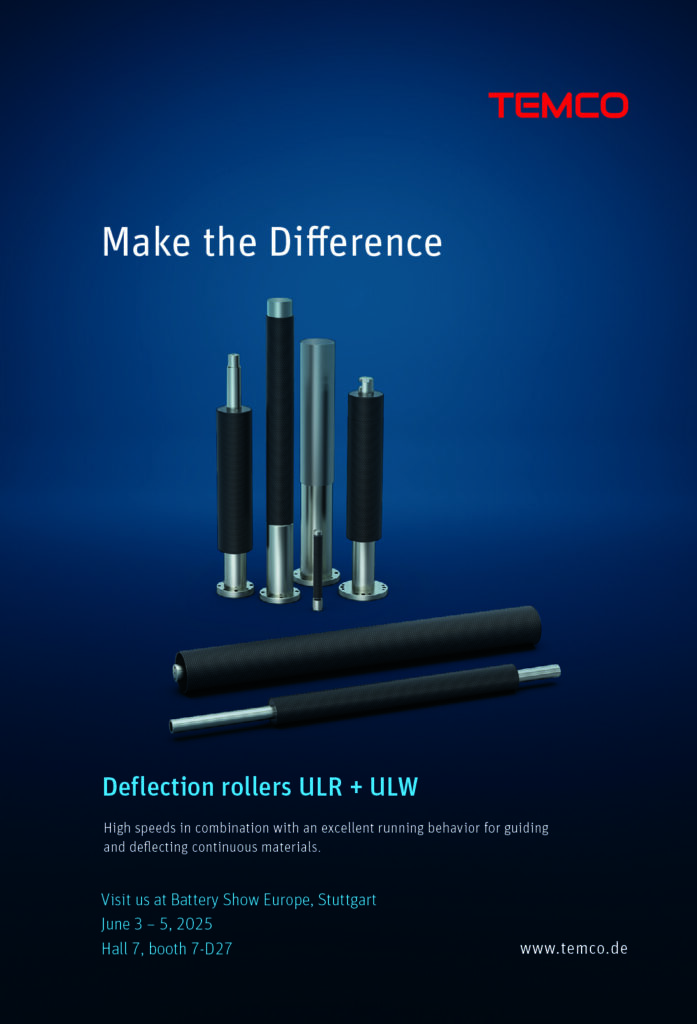
Click here to read the latest issue of E-Mobility Engineering.
ONLINE PARTNERS















